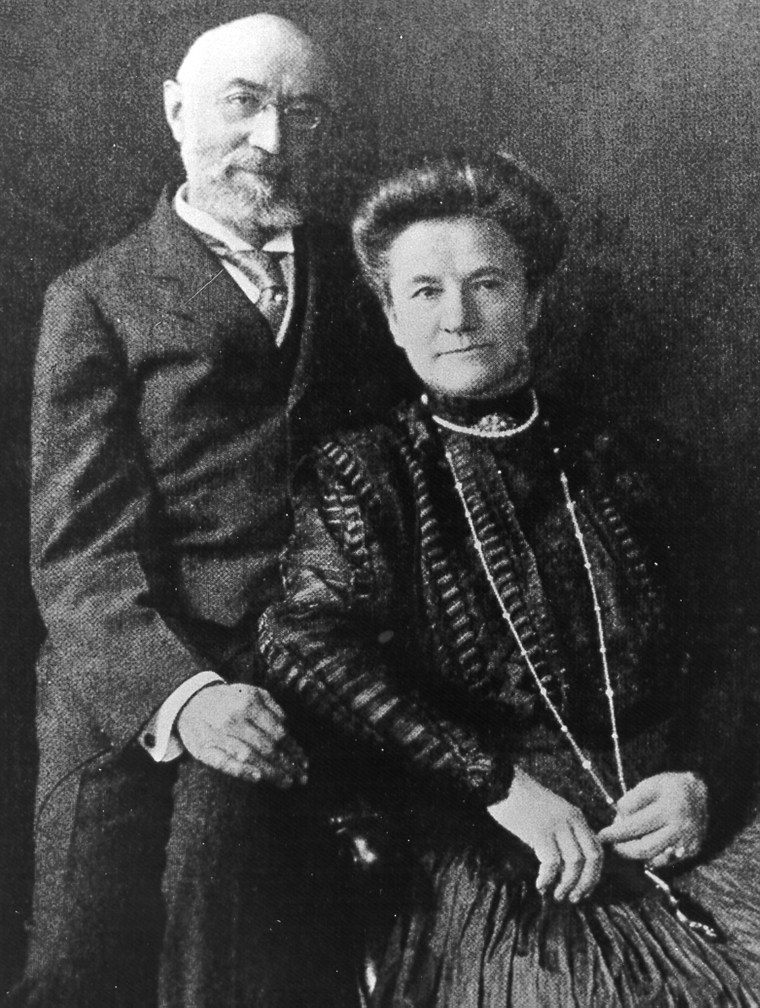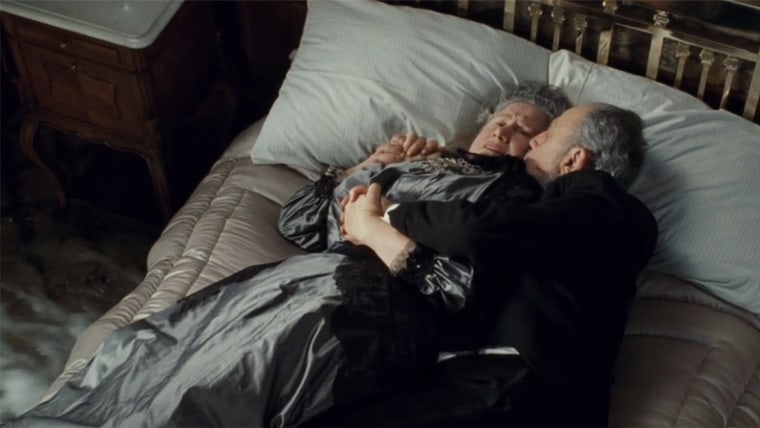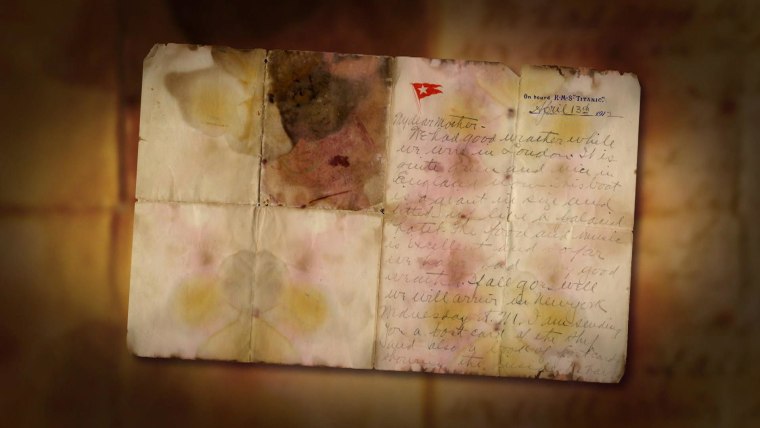Director James Cameron may have taken artistic liberties with his depiction of Isidor and Ida Straus, the elderly couple who held each other as the ship sank, in his 1997 blockbuster “Titanic” — which celebrates its 20th anniversary this week — but he got the gist of their story right.
The Strauses did have an unbreakable bond, and they really did choose to die together on that fateful 1912 night when then the RMS Titanic sunk in the North Atlantic Ocean after hitting an iceberg.
The real story of how the wealthy couple — 67-year-old Isidor Straus was the co-owner of Macy’s department store and a former U.S. Congress member— chose to remain aboard the doomed ship so that others may live is one their great-grandson Paul A. Kurzman knows well.

As the Titanic began sinking into the freezing ocean, women and children were ushered into lifeboats, as was the unwritten law of the sea. But Ida, who was 63, gave up her chance at safety to stay behind with her husband of 40 years, said Kurzman, a social worker and a professor with a dual appointment at Hunter College and at the Graduate Center at the City University of New York.
“My great-grandmother Ida stepped into the lifeboat expecting that her husband would follow. When he didn’t follow, she was very concerned and the ship’s officer in charge of lowering that particular lifeboat said, ‘Well, Mr. Straus, you’re an elderly man…and we all know who you are….Of course you can enter the lifeboat with your wife,'” Kurzman told TODAY.
“And, my great-grandfather said, ‘No. Until I see that every woman and child on board this ship is in a lifeboat, I will not enter into a lifeboat myself.'”

Hearing that, Ida stepped out of the lifeboat and remained with Isidor, a moment shown in one of the film’s deleted scenes.
“If you know the Bible, in the tradition of the Book of Ruth, she basically said, ‘We have lived our whole life together and if you are going to remain on the boat and to die as the boat sinks, I will remain on the boat with you. We will not leave one another after our long and wonderful marriage together,'” said Kurzman, who first heard Isidor and Ida’s remarkable story from his grandmother, the Strauses’ oldest daughter, Sara Straus Hess, over Sunday dinners.
The story fascinated Kurzman as a boy, but as he grew older, his great-grandparents’ bravery and devotion made him feel “very honored and very respectful and very proud.”

Kurzman, who calls “Titanic” a “remarkable movie,” revealed that director Cameron recently invited him and ancestors of John Jacob Astor IV and Margaret “Molly” Brown to participate in the National Geographic channel’s new one-hour special “Titanic: 20 Years Later with James Cameron.”
In that program, viewers see a Titanic artifact that belonged to the Strauses: a gold and onyx locket found inside Isidor’s watch pocket when his body was recovered. (Ida’s body was never found.)
“Inside that locket were two photographs. They had to be touched up a little bit because of the salt water, but they weren’t damaged much because the seal was so tight,” said Kurzman, “One of the photographs was of their eldest son, Jesse, and the other was of their eldest daughter, and that, of course, was Sara, my grandmother.”
One artifact that’s been lost with the ages? A full-length mink coat Ida wore on the Titanic. After deciding to remain onboard with her husband, Ida approached her maid, Ellen Bird, as she entered a lifeboat and gave her the coat to keep warm in the icy water.
Some time later, after her rescue, Bird tried to return the coat to Kurzman’s grandmother Sara, who thanked her and told her, ‘This coat is yours. I want you to keep it in memory of my mother.'”
Learn more about Isidor and Ida Straus’s remarkable story on the website of the Straus Historical Society, a non-profit organization dedicated to preserving the achievements for educational and research purposes of the family of Lazarus and Sara Straus.












